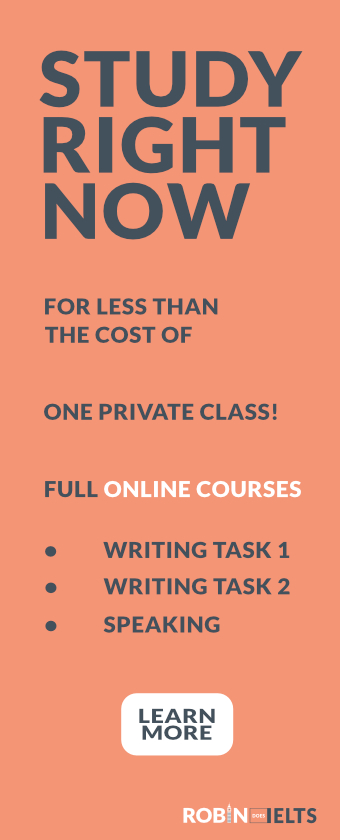
TASK ONE GRAMMAR: PROCESS DIAGRAMS (PART TWO)
This lesson moves on from basic sequence language to look at how other techniques can be used to order a process.
Advanced Sequence – Subordinate clauses
Subordinating conjunctions (when/once/while/as soon as/before/after etc) help to create order by connecting actions in a sentence. The examples below show the same information written in two ways. Which do you think is more impressive to an examiner?
First, limestone and clay are put in a crusher to make powder. Next the powder passes through a mixer. Then the mixture is heated in a rotating heater. After that the powder goes through a grinder and becomes cement. Finally the cement is put in bags.
First, limestone and clay are put in a crusher to make powder before passing through a mixer. Then the mixture is heated while it passes through a rotating heater. Finally, after the powder goes through a grinder to produce cement, it is put in bags.
The second paragraph is more advanced and would receive a higher score. Complex sentences (those with subordinating conjunctions) that connect steps in process diagrams improve Coherence and Cohesion scores in IELTS but also improve Grammar. The table below shows the three most common types of conjunctions used in process diagrams. Try to include a few in every process diagram essay you write.
| To show cause | because / as* / since / so that / in order to / in order that / due to / as a result of |
| To show place | where / wherever |
| To show time | when / whenever / as* / while* / after / before / until / as soon as / as long as / once / now that |
The next lesson will look at how the order of actions can be reversed to make a sequence more interesting.


